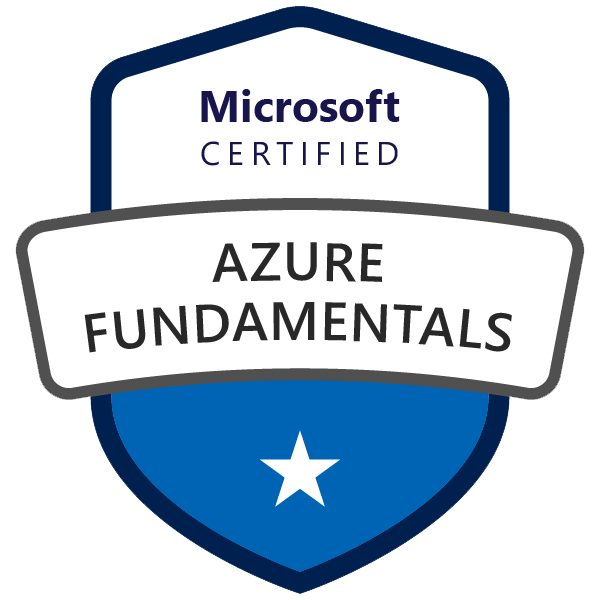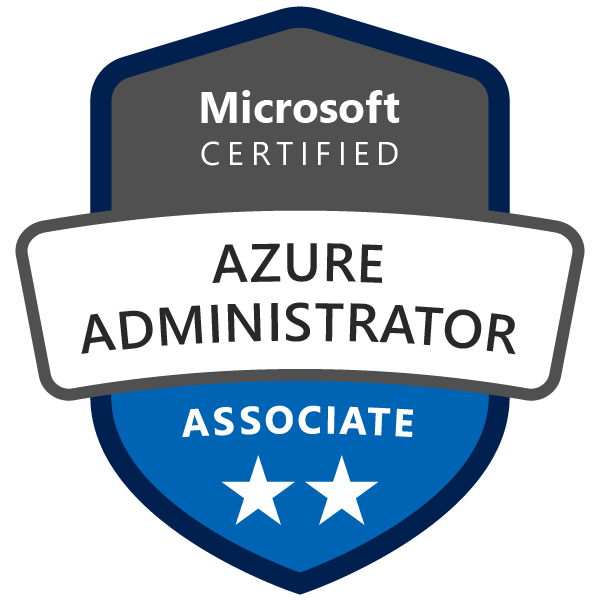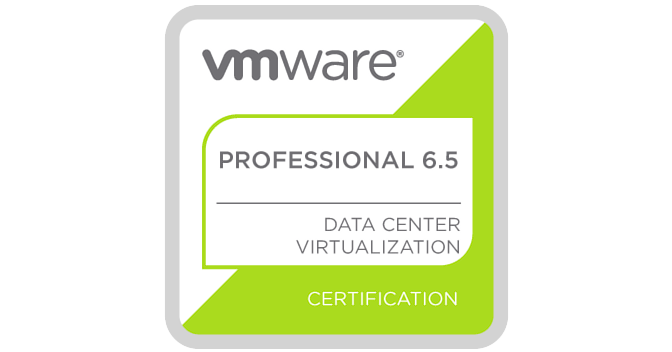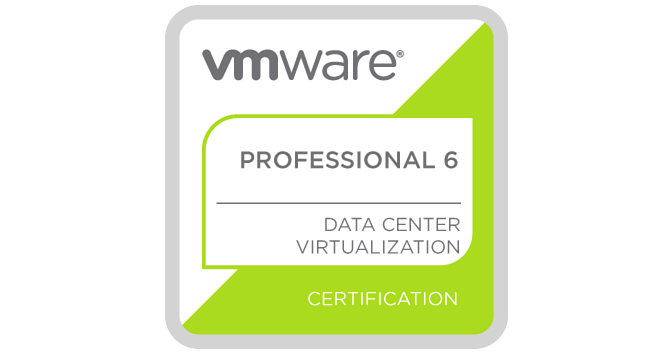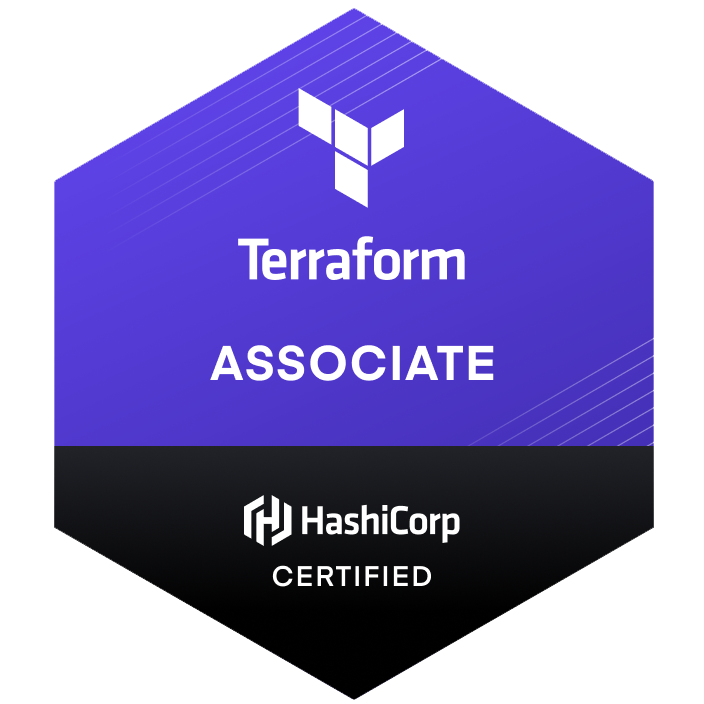The modern workplace is constantly evolving, and one of the most significant changes in recent years is the integration of Artificial Intelligence (AI) tools into day-to-day tasks and projects. A recent discussion on one of online forum threads highlighted various ways in which people are utilizing free AI tools to enhance their productivity and efficiency at work. This post explores these insights, generalizes their applications, and adds further thoughts on the potential of AI in the workplace.
1. Diverse AI Tools and Their Applications
a) Language and Writing Assistance:
- AI Tools: ChatGPT, Claude, Bard
- Use Cases: These tools are frequently used for drafting emails, generating reports, and creating content. ChatGPT, for instance, is praised for its conversational abilities and has become a go-to for quick, efficient writing assistance.
b) Coding and Development Support:
- AI Tools: ChatGPT
- Use Cases: Developers are using AI to write and troubleshoot code in languages and IaC tools like Terraform, Bicep, ARM, Python and PowerShell. While not perfect, this might provide a strong foundation and framework, significantly reducing development time.
c) Spreadsheet and Formula Assistance:
- AI Tools: ChatGPT
- Use Cases: Some users are leveraging AI for creating complex Excel formulas and VBA code, simplifying tasks that traditionally required extensive manual input.
d) Graphic Design and Editing:
- AI Tools: Adobe's AI (possibly Firefly)
- Use Cases: AI in design software has revolutionized tasks like generative fill, making processes that once took minutes or hours achievable in seconds. This has significant implications for the efficiency and creativity in design fields.
e) Search and Information Gathering:
- AI Tools: Bing Chat and other similar chat tools
- Use Cases: This tool differs from others by integrating search functionality, providing users with information and answers derived directly from the web.
2. Varied Workplace Acceptance
The adoption of AI in workplaces varies significantly:
- Supportive Environments: Some employers encourage the use of AI tools, recognizing their potential to streamline workflows and boost productivity.
- Restrictive Policies: Conversely, other workplaces have restrictions or outright bans on AI tools, often due to concerns about data security and the potential for misuse.
3. Security and Ethical Considerations
A crucial aspect of using AI in the workplace is understanding and mitigating risks related to data security and ethical use:
- Data Security: Sensitive information must be protected, and there's a valid concern about unintentionally uploading confidential data to AI platforms.
- Ethical Use: Users must be aware of the ethical implications of AI, including the potential for bias and misuse.
4. The Future of AI in the Workplace
The discussion on the forum indicates a growing interest in AI tools for a variety of tasks. As AI technology continues to evolve, it's likely that more sophisticated, specialized tools will emerge, further transforming how we work.
- Potential for Growth: The breadth of applications for AI in the workplace is vast, from administrative tasks to creative endeavors.
- Need for Adaptation: As AI becomes more integral to various job functions, there will be a growing need for workers to adapt and learn how to effectively integrate these tools into their workflows.
Conclusion
The use of free AI tools in the workplace is a rapidly evolving landscape. While they offer significant advantages in terms of productivity and efficiency, it's essential to approach their integration with a balance of enthusiasm and caution, considering both the potential and the pitfalls. As AI continues to advance, it will undoubtedly become an even more integral part of our professional lives, reshaping the way we work in profound ways.




